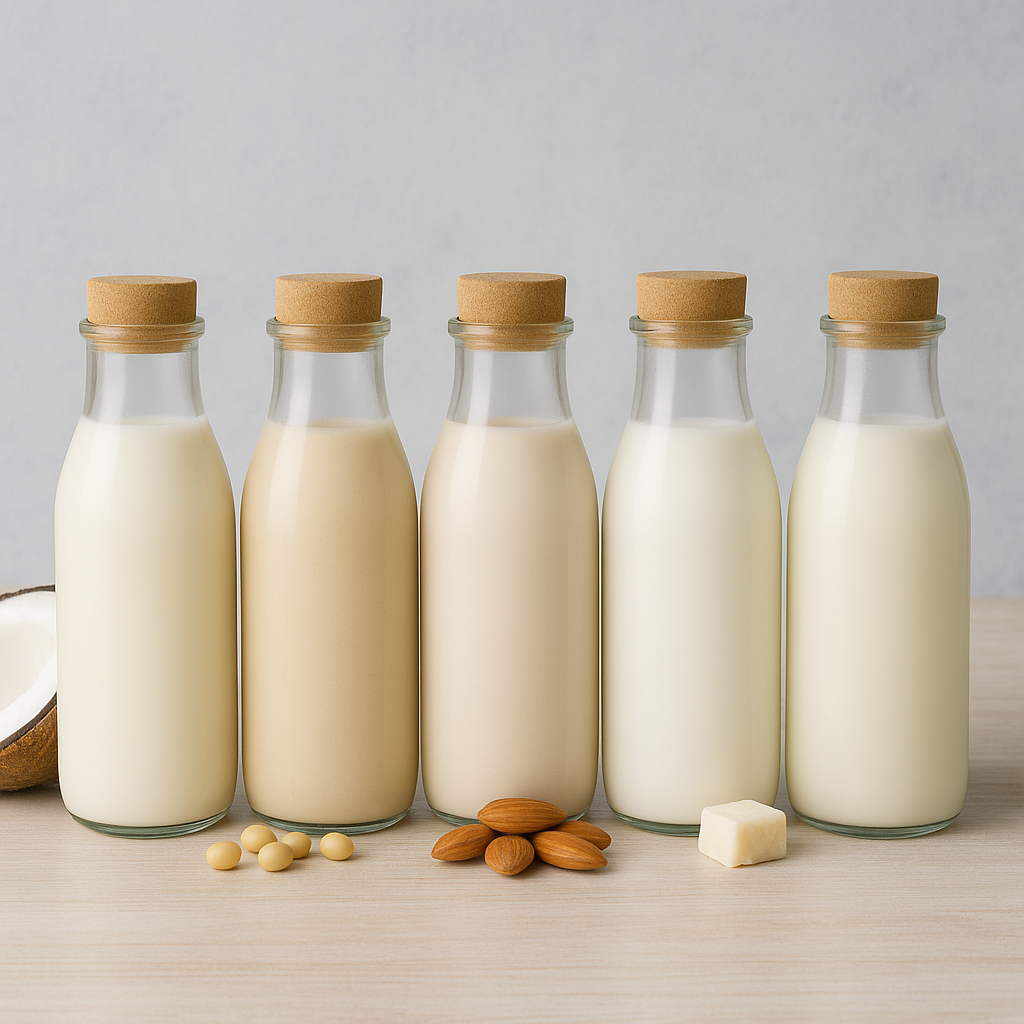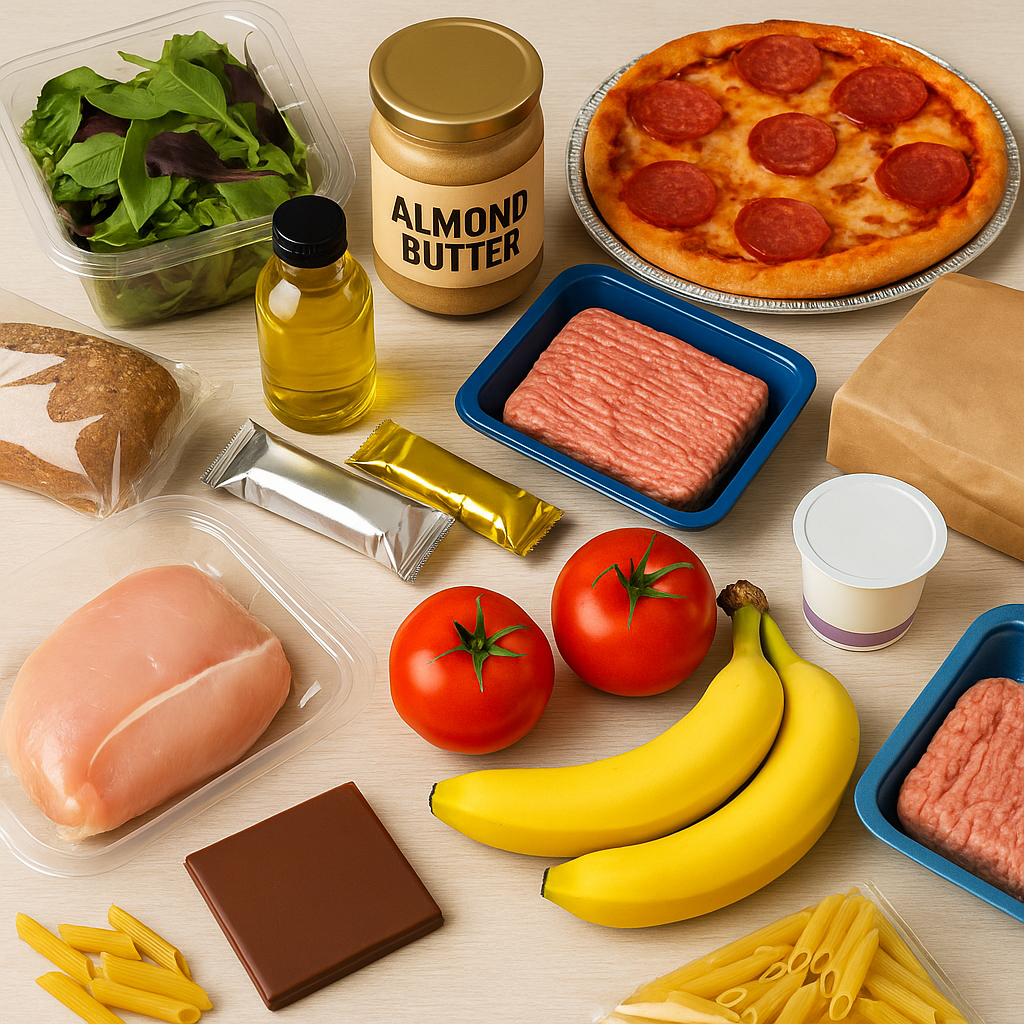Raw (unpasteurised) milk often generates strong opinions. Some argue it’s nutritionally superior, while others—especially health and food safety experts—warn of serious risks. Let’s explore the facts so you can make informed choices rooted in evidence.
What’s the Claim?
Proponents of raw milk say it’s more natural, preserves beneficial bacteria, enzymes, and nutrients that are destroyed during pasteurisation. However, scientific analyses consistently show that any nutrient differences are minimal, and claims of enhanced digestion or allergy relief lack support Nationwide Children’s Hospital+15Healthy Balance+15FoodSafety.gov+15texascenterforlifestylemedicine.org.
The Health Risks
Raw milk may harbour dangerous pathogens—such as E. coli, Salmonella, Listeria, brucella, and even viruses including bird flu strains—that can lead to severe, sometimes life-threatening illness . Vulnerable groups—like children, pregnant individuals, older adults, and those with weakened immunity—are especially at risk FoodSafety.gov+1Popsugar+1.
According to the FDA, raw milk is responsible for a disproportionately high number of foodborne outbreaks compared to its consumption rates Food Revolution Network+15Wikipedia+15U.S. Food and Drug Administration+15. In one review, 93 outbreaks linked to raw milk between 1998–2009 resulted in 1,837 illnesses, 195 hospitalisations, and two deaths Healthy Balance.
Does Pasteurisation Reduce Benefits?
Pasteurisation uses controlled heat to eliminate harmful microbes—without significantly altering key nutrients like calcium, protein, or vitamins A and E Wikipedia+3Agrinutrition Edge+3Popsugar+3. Any losses in vitamin C or B are minimal (<10%) and unlikely to affect health outcomes, especially given milk’s relatively low baseline of these vitamins FoodSafety.gov+15Agrinutrition Edge+15Wikipedia+15.
What About Probiotics?
Raw milk enthusiasts often claim it contains live probiotics. In reality, raw milk rarely contains beneficial gut flora comparable to those in yoghurt or kefir. Instead, it’s more likely to contain pathogens from environmental or faecal contamination Popsugar+2UC Davis+2U.S. Food and Drug Administration+2. Claims that raw milk alleviates lactose intolerance, allergies, or asthma are not supported by robust evidence Agrinutrition Edge+2Healthy Balance+2Popsugar+2.
The Final Word
For those seeking gut health benefits or richer nutrient content, pasteurised milk offers a safe, reliable alternative—without the risks. The World Health Organization, FDA, CDC, and UK Food Standards Agency all advocate for pasteurisation as a key public health measure .
Tips If You Still Choose Raw Milk
If you are determined to consume raw milk:
- Source it from reputable small farms adhering to strict hygiene standards.
- Keep it refrigerated below 4 °C and consume quickly .
- Be aware that safe storage isn’t guaranteed—pasteurisation remains the most reliable protective step.
- A Blue Zone Nutrition Perspective
At Blue Zone Nutrition, our priority is evidence-based wellness. While raw foods and traditional methods can carry appeal, safety and long-term wellbeing come first.
Think of pasteurisation as a protective layer—not a nutrient thief. It removes dangerous organisms while preserving the core nutritional value that supports your health journey.
Written by Milvia Pili (FNTP)
Nutritional Therapist | Blue Zone Nutrition
.




